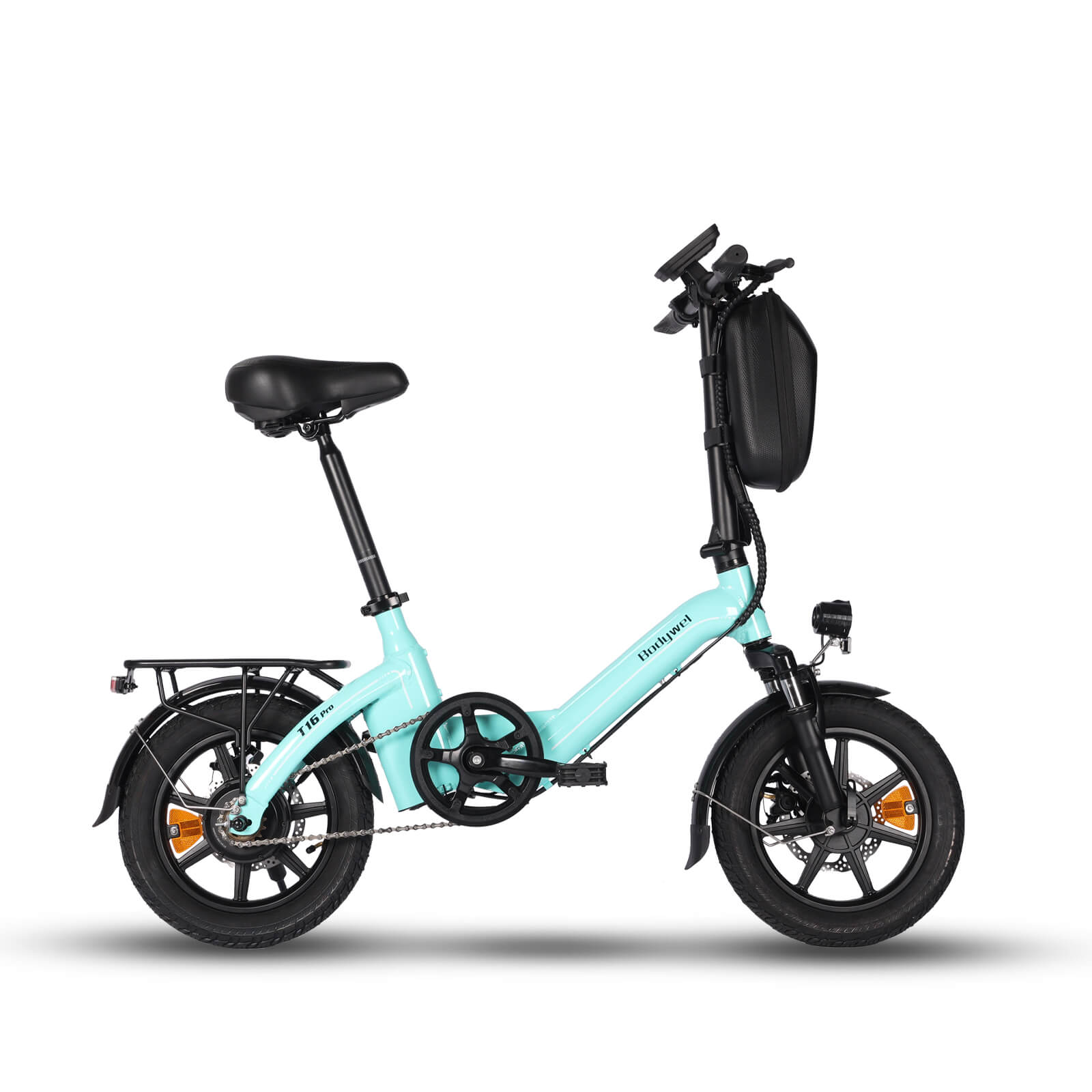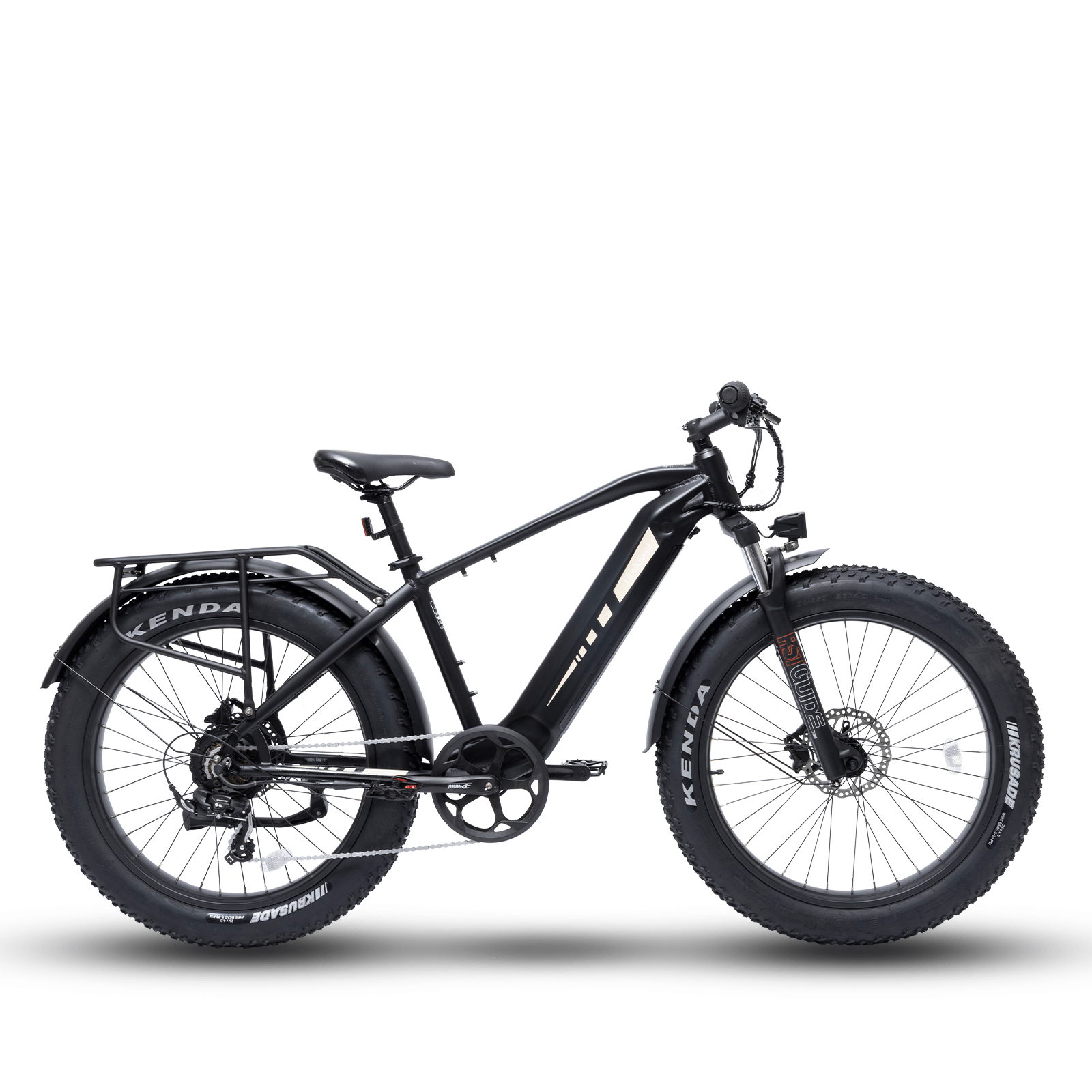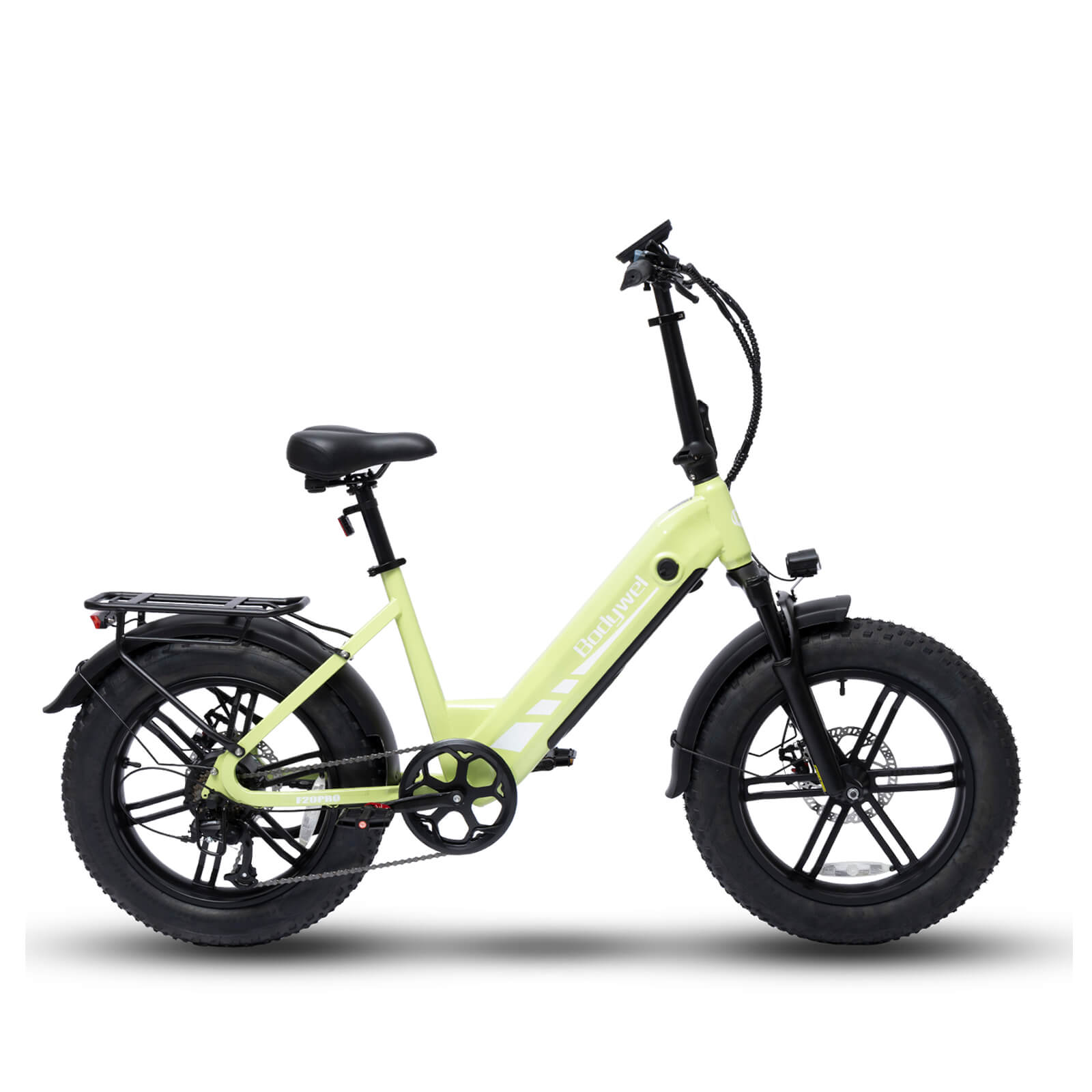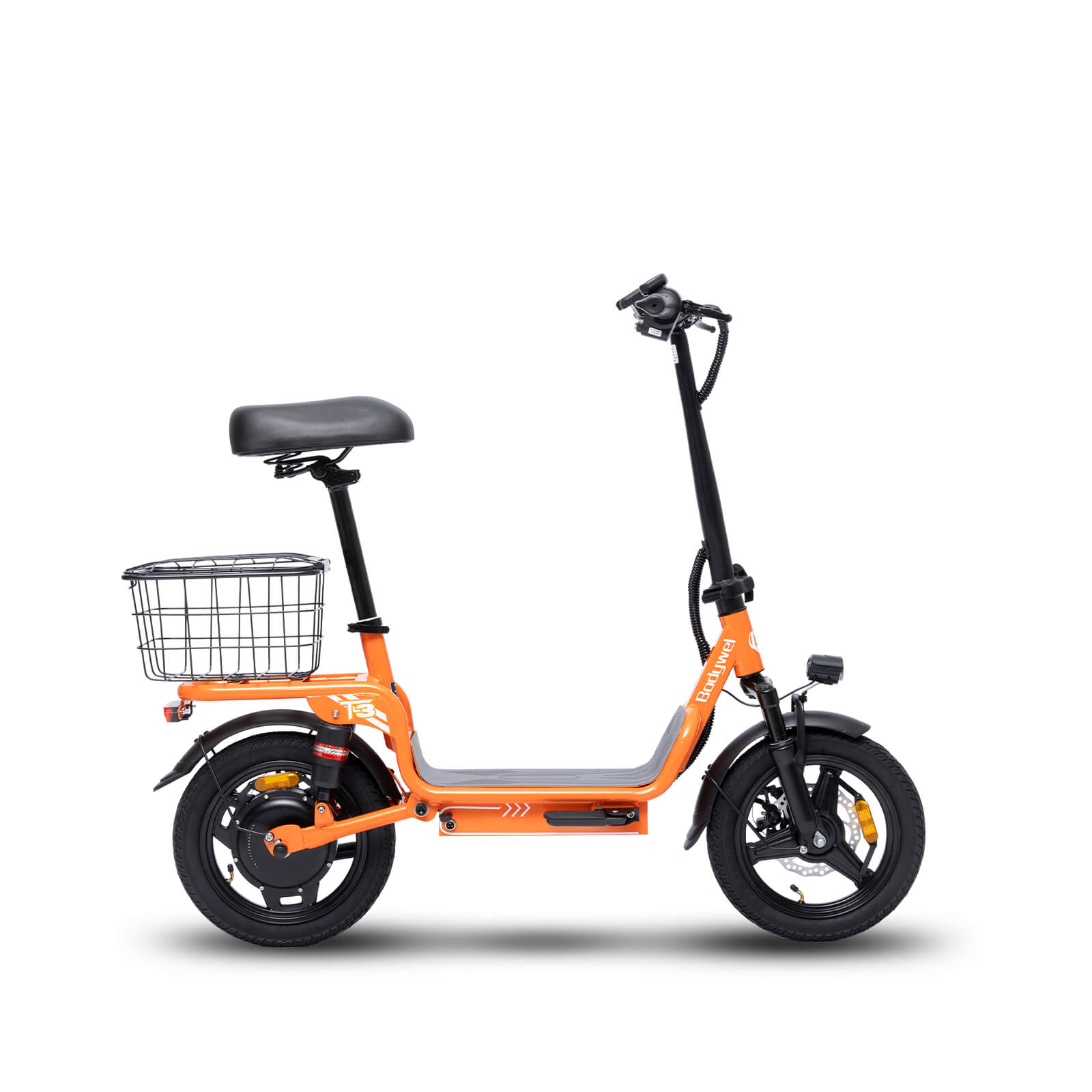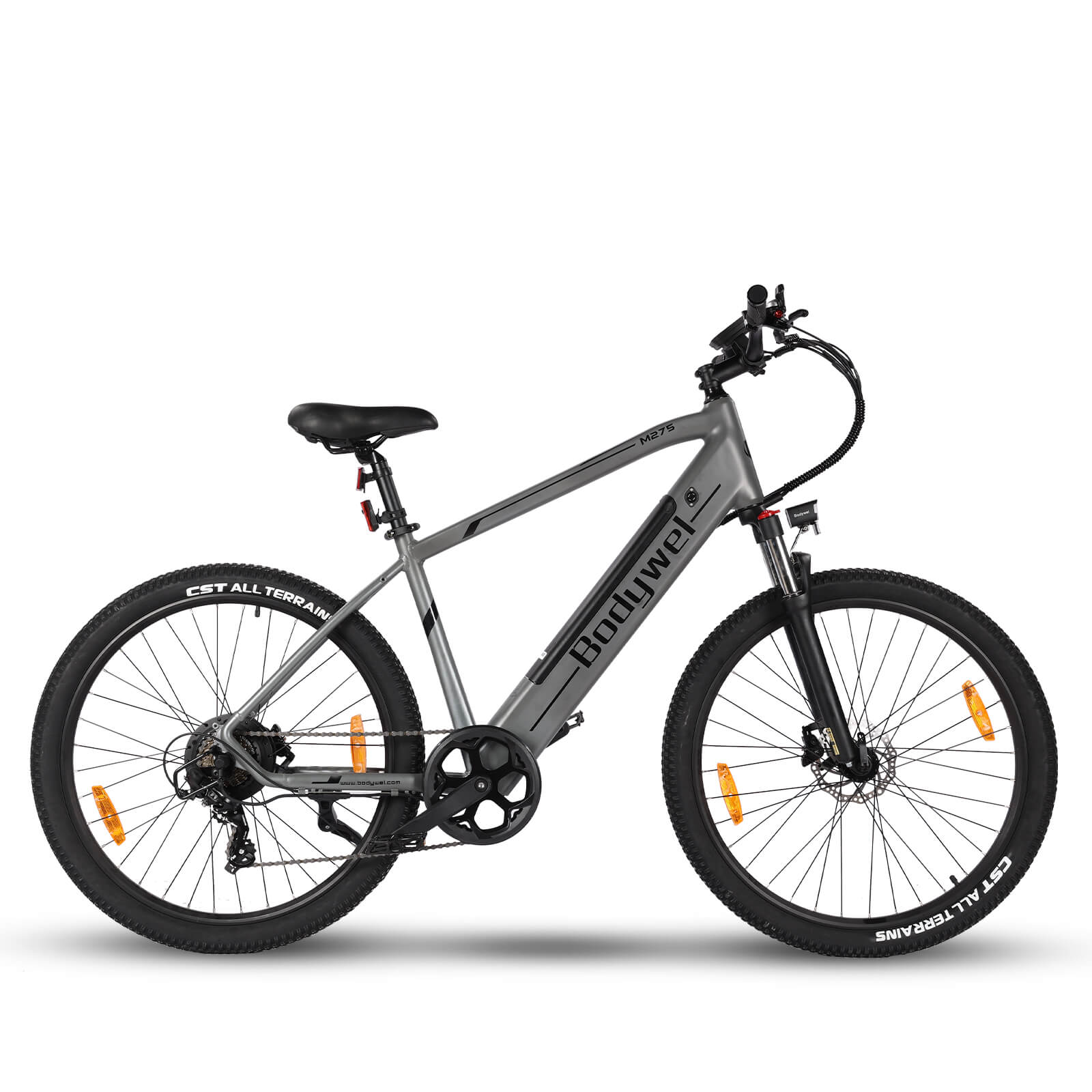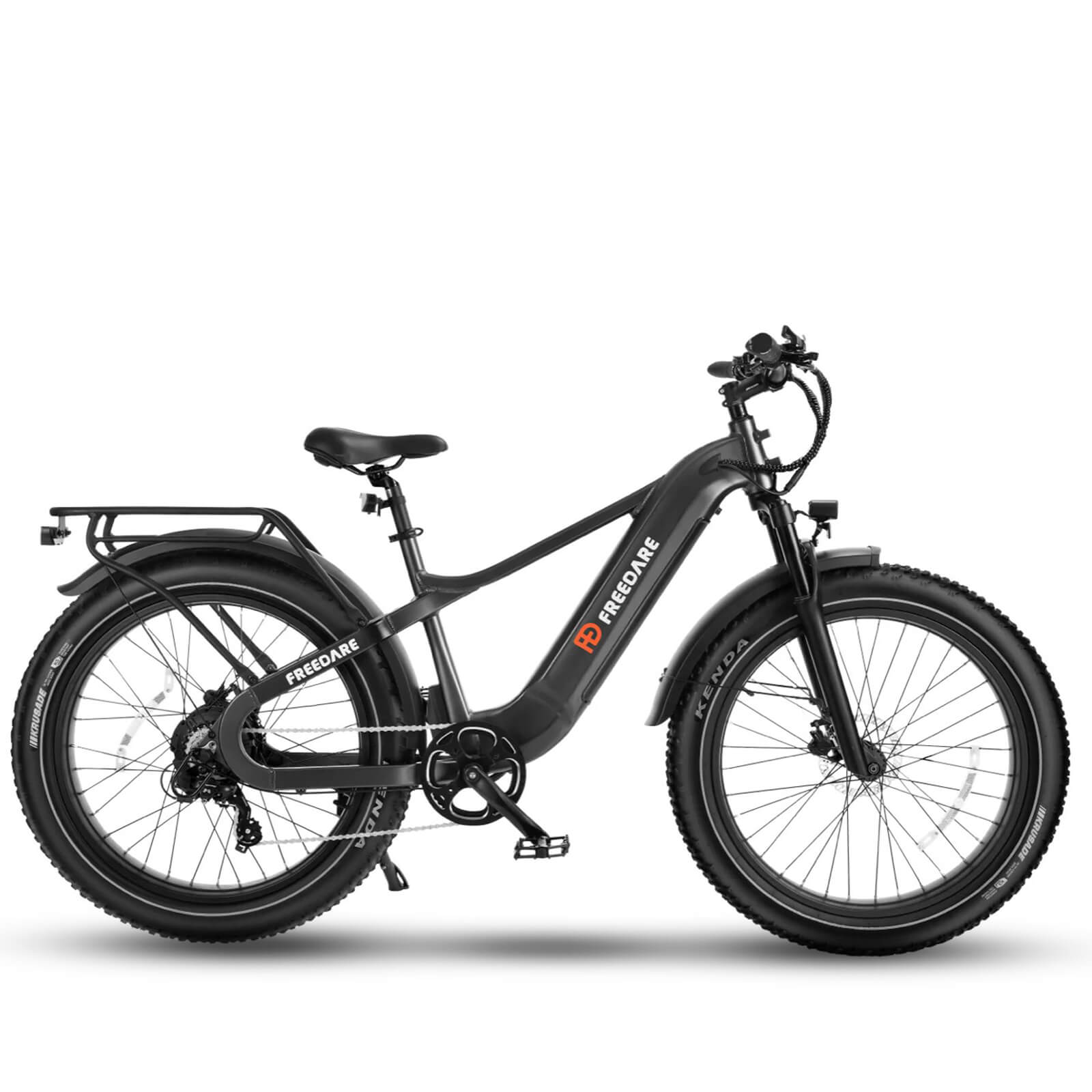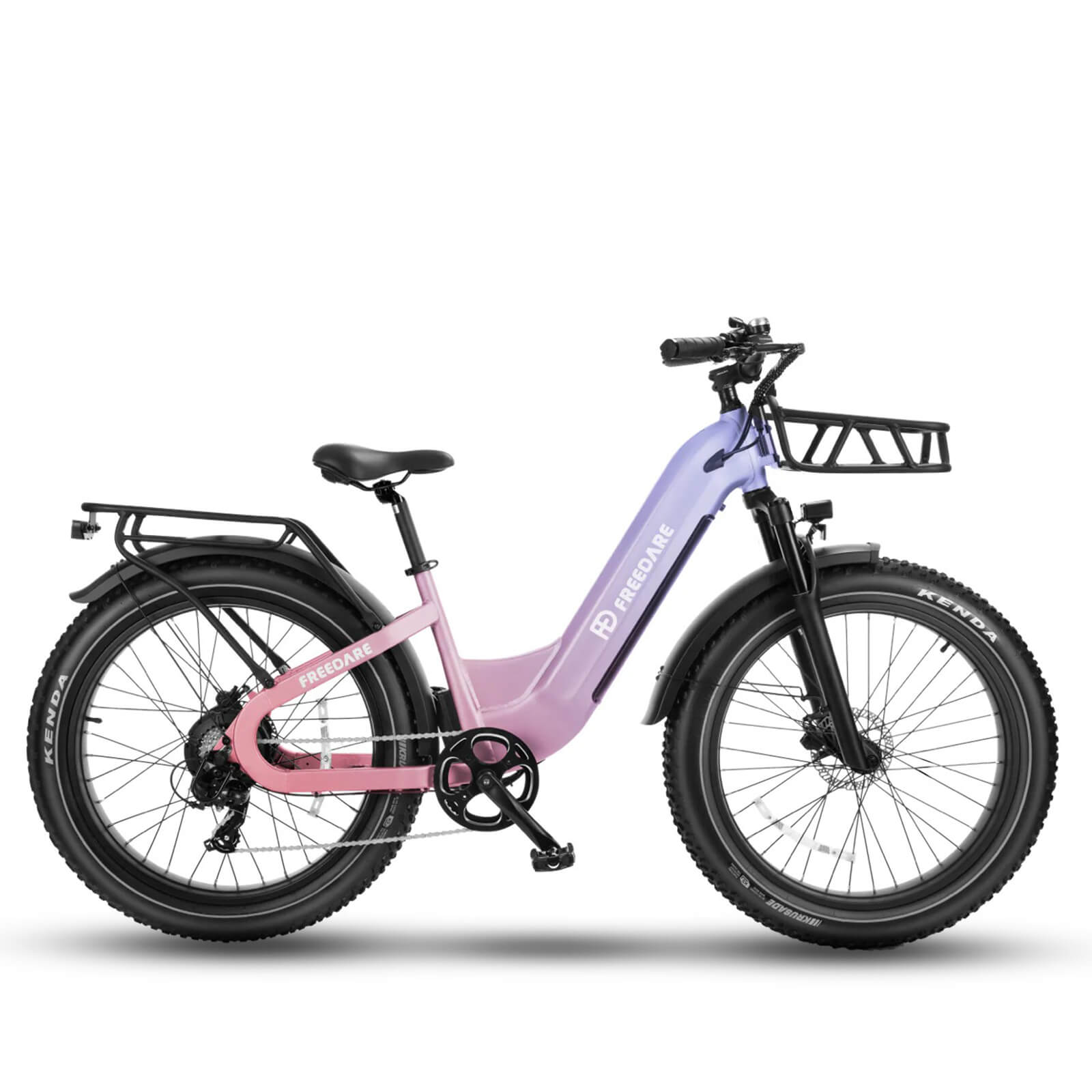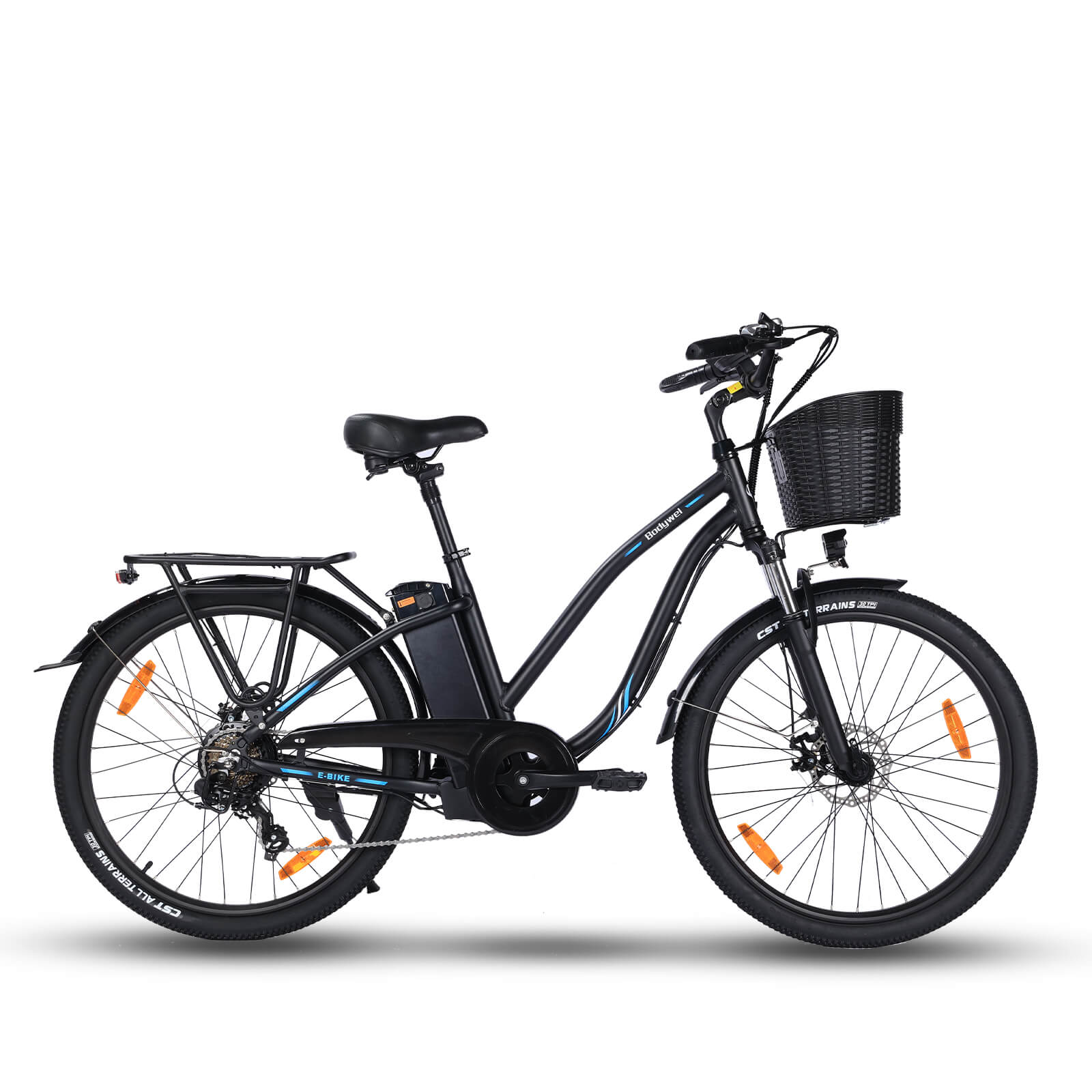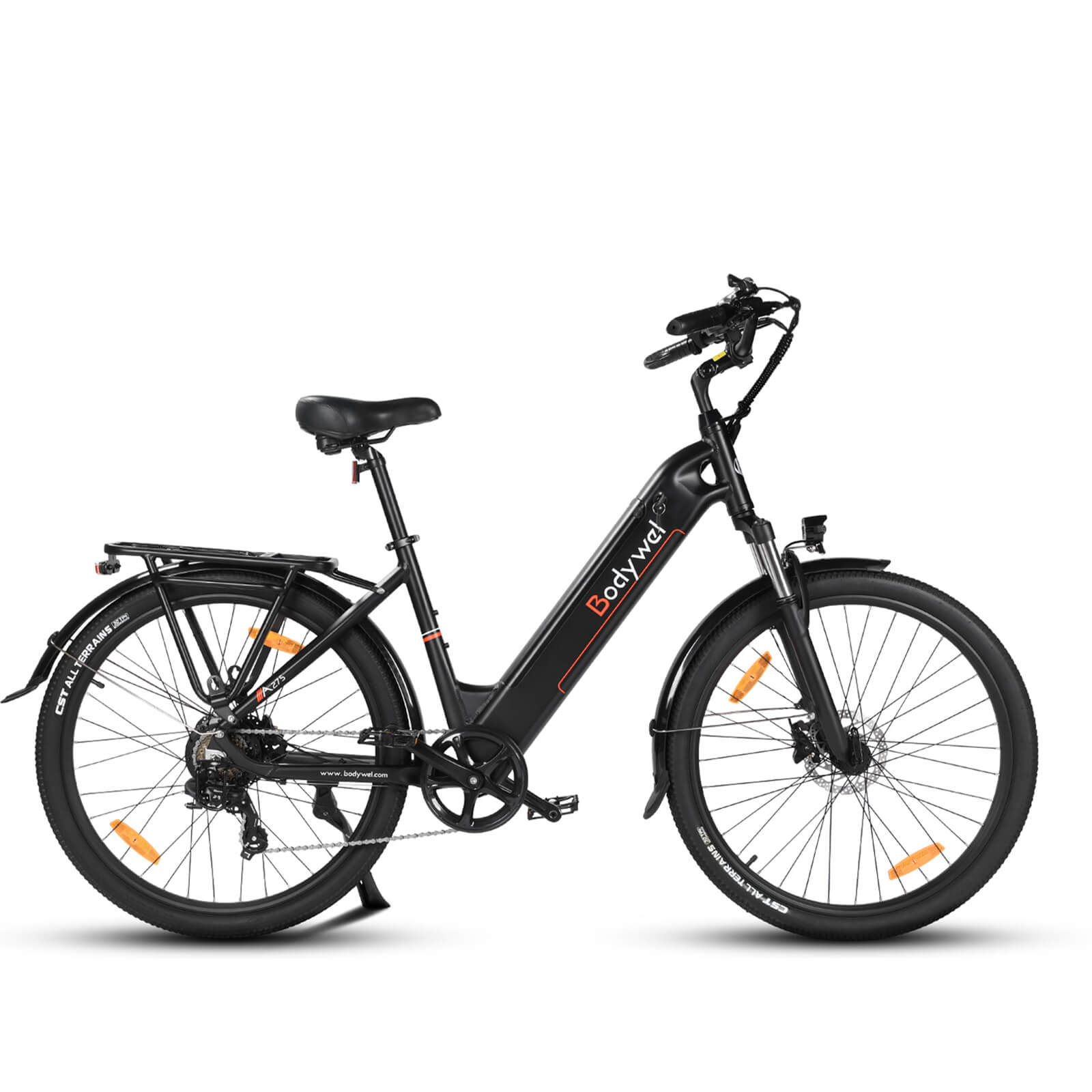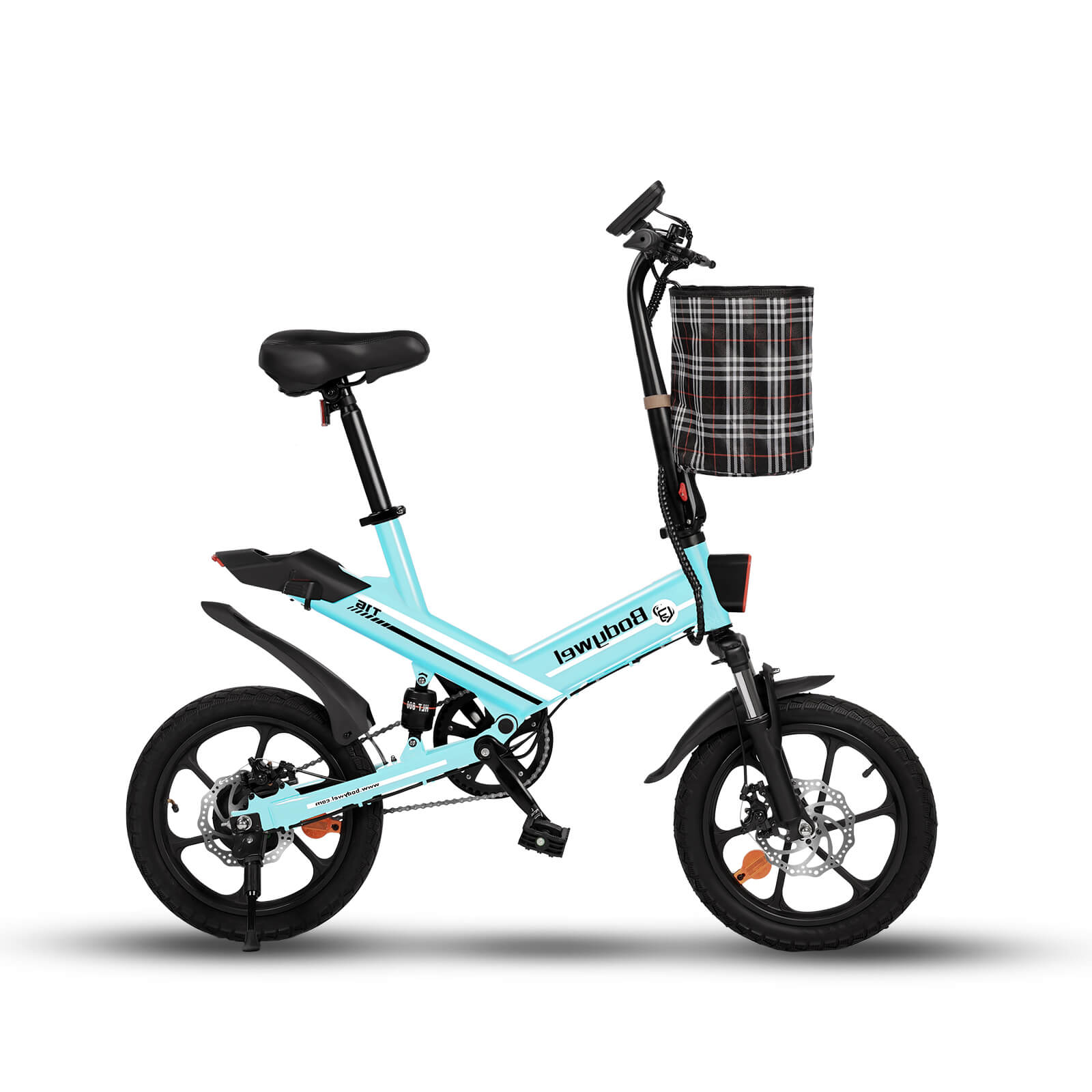250W E-Bike Guide: Choosing the Perfect Ride for Outdoor Adventures

A 250W electric bike offers the perfect balance of power and efficiency for outdoor enthusiasts. This guide explores its benefits, ideal use cases, and key considerations to help you choose the best model for your adventures.
Benefits of a 250W E-Bike
A 250W electric bicycle strikes an optimal balance between performance and energy efficiency. Ideal for urban commuting and light off-road trails, it provides sufficient pedal assistance without overwhelming power consumption. Riders often find it versatile for both daily commutes and weekend explorations.
Efficiency and Range
With a 250W motor, e-bikes can achieve ranges of 30-50 miles on a single charge, depending on terrain and rider input. This makes them perfect for extended outdoor rides without frequent recharging. For example, a cyclist touring hilly regions may still enjoy reliable assistance while conserving battery life.
Legal Compliance
In many regions, 250W electric bikes are classified as pedal-assist bicycles, exempting them from stricter regulations. This ensures hassle-free riding without licensing requirements. Always verify local laws, as some areas may impose speed limits or power restrictions.
Choosing the Right Model
Selecting the best 250W e-bike depends on your riding style and environment. Key factors include frame design, battery capacity, and additional features like integrated lights or cargo racks.
Terrain Considerations
For flat urban roads, a lightweight commuter e-bike suffices. If tackling mixed terrain, opt for models with wider tires and suspension. Many manufacturers offer robust 250W options suited for varied landscapes.
Battery Life
Lithium-ion batteries with 400-500Wh capacity are ideal for sustained rides. Check for removable batteries if charging access is limited during trips. Real-world testing shows that moderate pedal assistance extends battery longevity significantly.
Common Misconceptions
Many assume 250W motors lack power for steep climbs, but modern designs efficiently handle moderate inclines. Another myth is that higher wattage always equals better performance—overpowered motors may drain batteries faster without tangible benefits for casual riders.
0 comments




